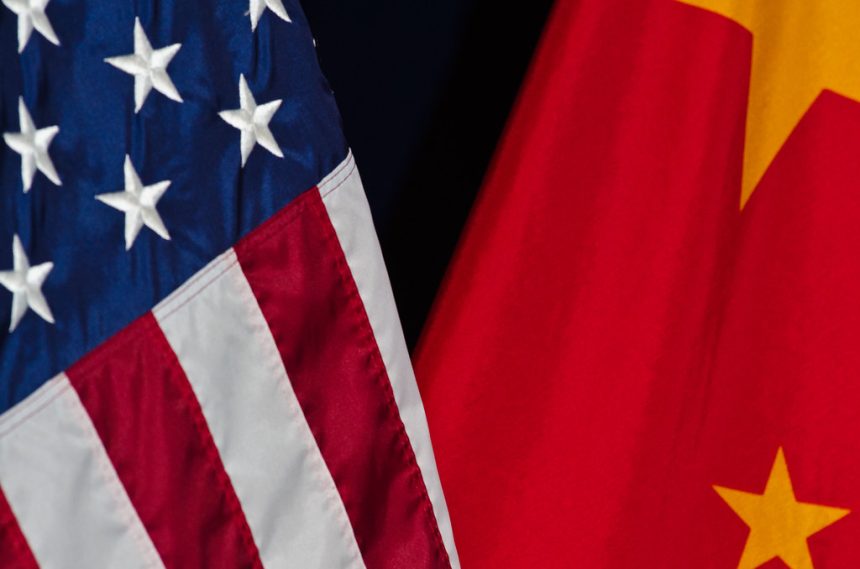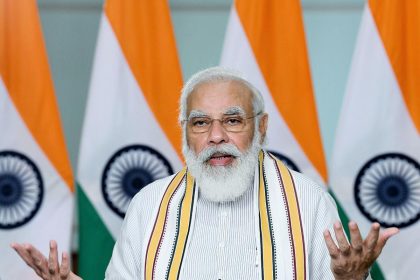Talks in Stockholm Yield No Major Breakthrough
In Stockholm over July 28–29, senior U.S. and Chinese officials—including U.S. Treasury Secretary Scott Bessent and Chinese Vice Premier He Lifeng—held over two days of trade negotiations. While the discussions remained constructive, they failed to resolve core disputes around export controls, rare earth access, and industrial subsidies. Both sides agreed in principle to extend the existing 90-day tariff truce but left the final decision to U.S. President Donald Trump, whose approval is required before the August 12 deadline.
Tariffs Could Snap Back to Triple Digits
President Trump’s administration has warned that, without an extension, tariffs could revert to punitive levels—up to 145% on U.S. tariffs and 125% on Chinese levies—effectively shutting off bilateral trade. The truce had previously rolled back such tariffs from April, but uncertainty looms without a formal agreement.
Markets Brace Amid Policy Impasse
Despite equity markets rallying in prior days, sentiment cooled. On July 29, the Dow Jones fell 0.5%, and the S&P 500 dropped 0.3%, ending a six-day winning streak. Stocks from companies like Stellantis, Procter & Gamble, and Whirlpool saw declines as investors grew cautious over the tariff truce’s future and its implications for global supply chains.
IMF Flags Risk to Global Growth
While the IMF adjusted its global growth forecast upward for 2025, it issued stark warnings: renewed U.S.–China tariff escalation could significantly undermine global economic momentum. Policy unpredictability, particularly trade policy uncertainty, continues to weigh on business and financial planning globally.
Extension Would Support Trump–Xi Diplomacy
Extending the truce by 90 days could pave the way for a high-level meeting between President Trump and Chinese President Xi Jinping, tentatively slated for later this year. The pause also provides breathing room for negotiating deeper structural talks—on China’s economic model, rare earths, export-driven manufacturing, and technology controls.
What Comes Next
- Trump’s decision: Only the President can authorize the truce extension beyond August 12.
- Further rounds: U.S. and Chinese negotiators are expected to reconvene after the extension period, likely around October.
- Other trade pressures: Trump’s strategy includes accelerating deals with Japan, the EU, the UK, and Southeast Asia, while maintaining leverage on structural economic issues with China.
Final Take
With no deal reached, U.S.–China relations enter a critical phase. Extending the tariff truce may avert immediate escalation, but unless deeper structural issues are addressed, the peace remains tenuous. Global markets, governments, and companies alike will be watching Trump’s decision—and its implications for international trade stability.











